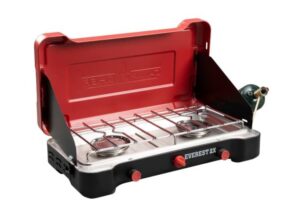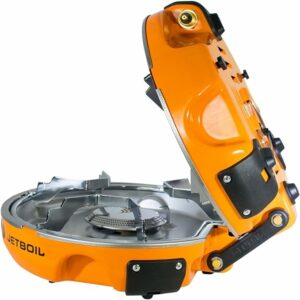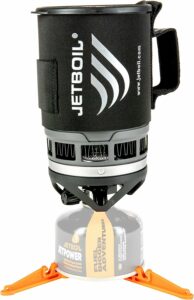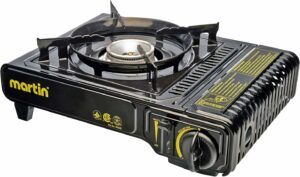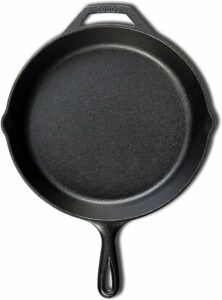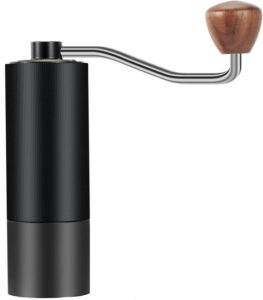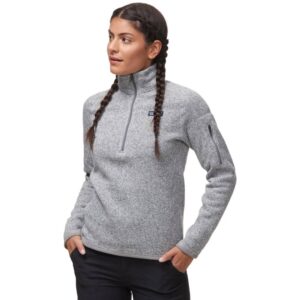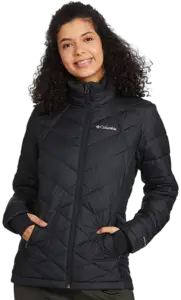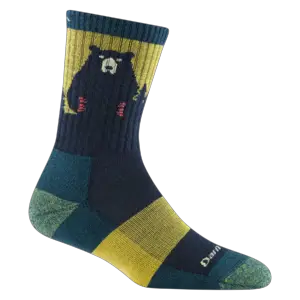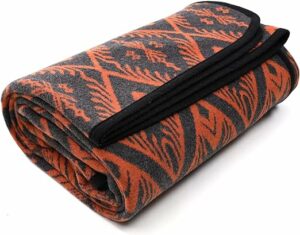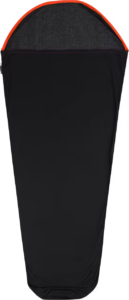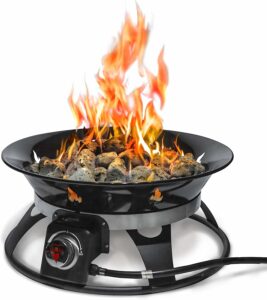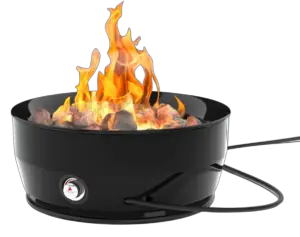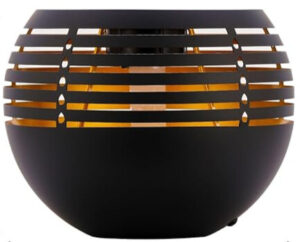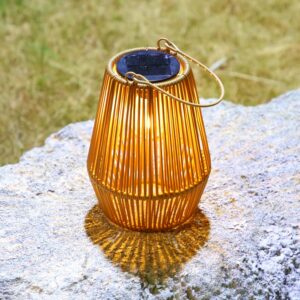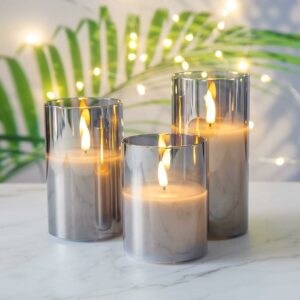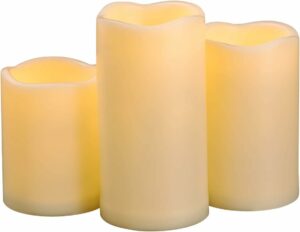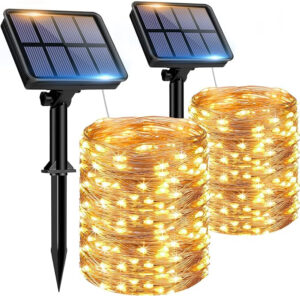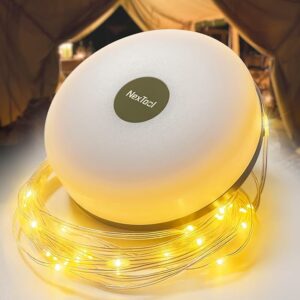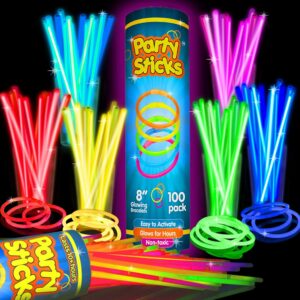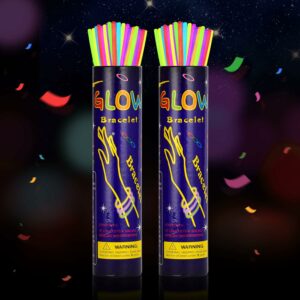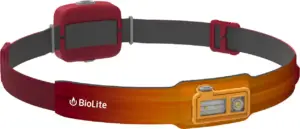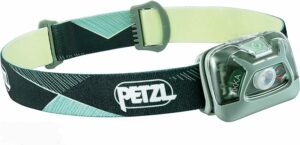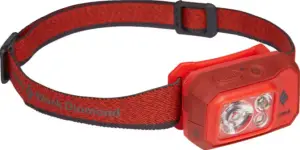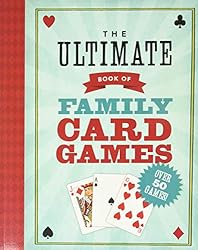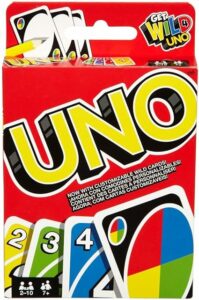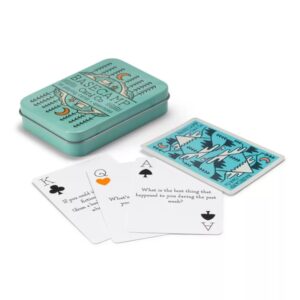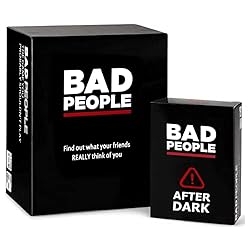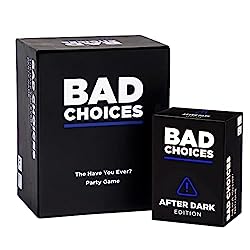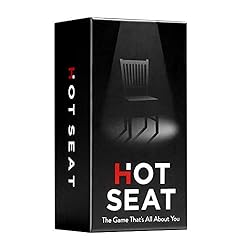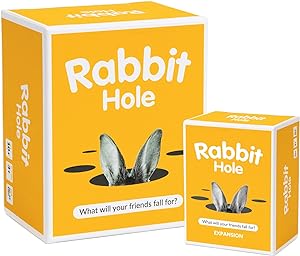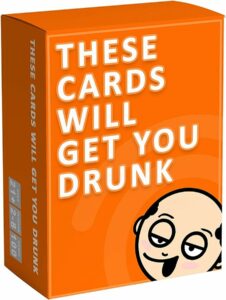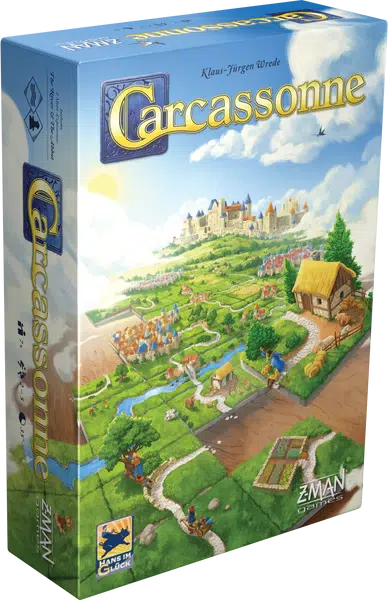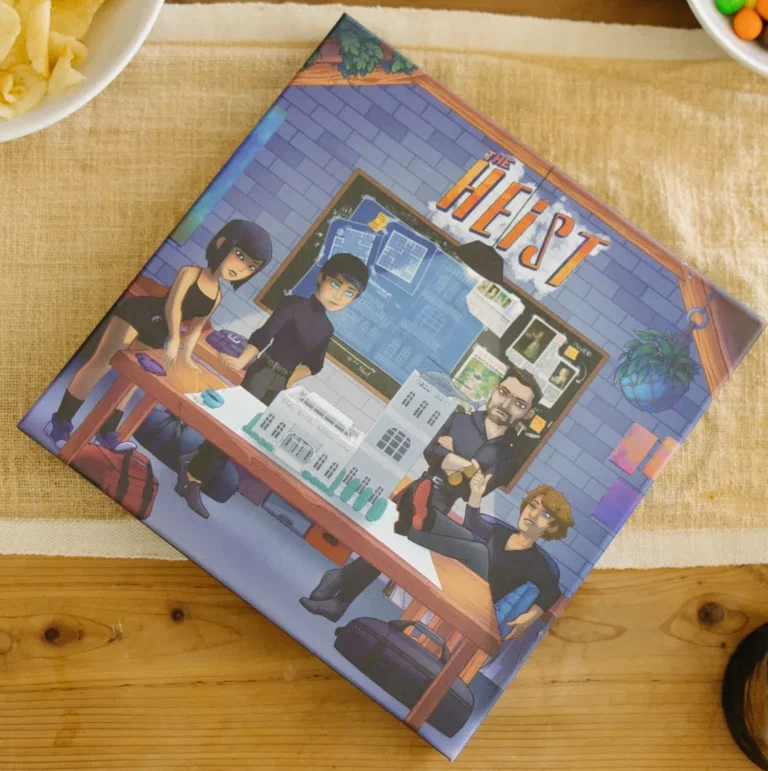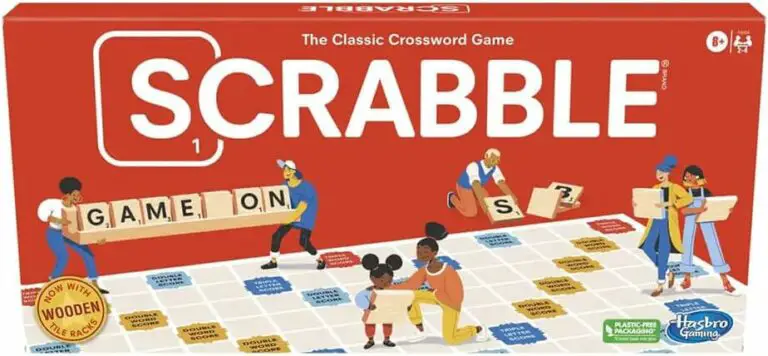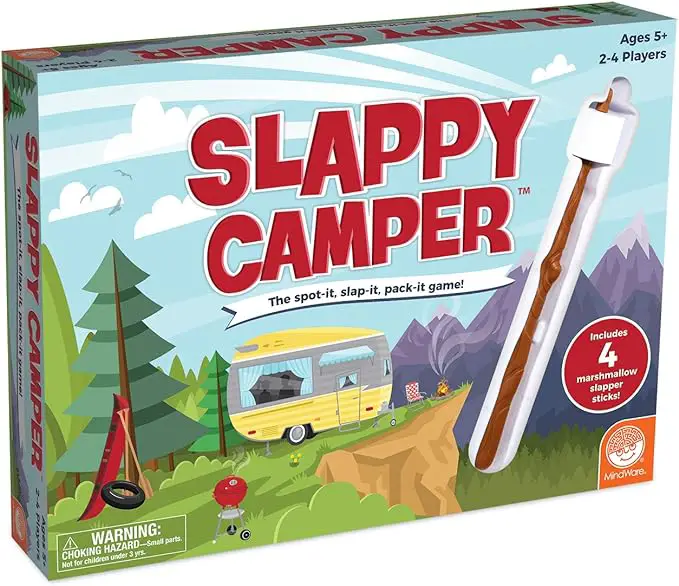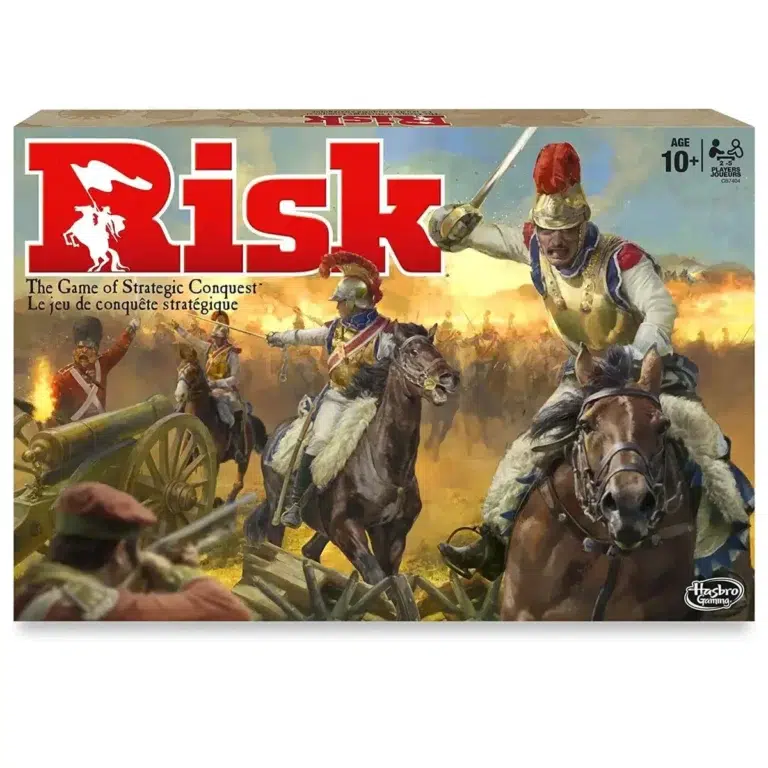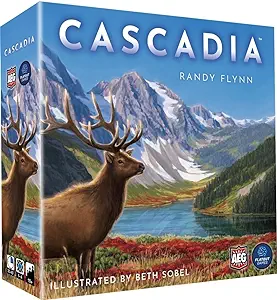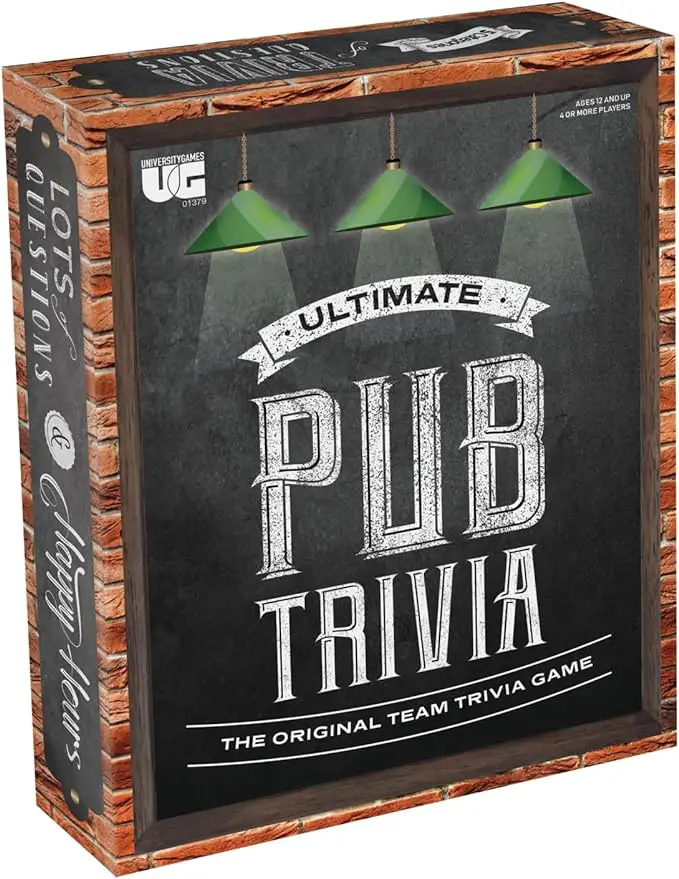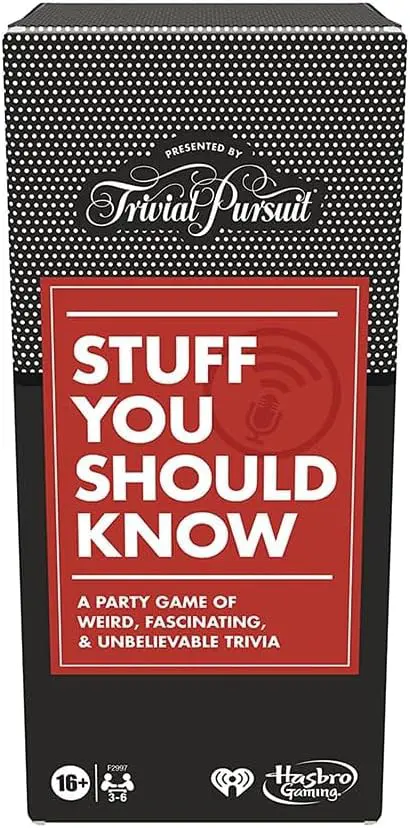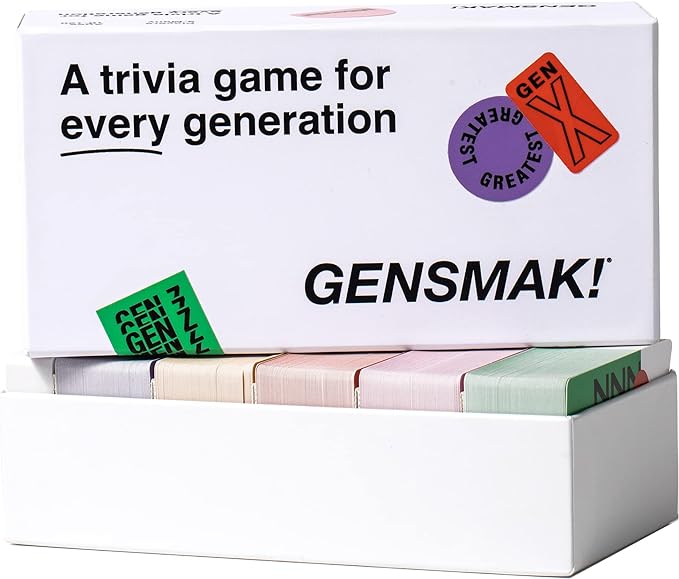How to Camp During Wildfire Season & Fire Bans
Disclaimer: Explore the Map contains affiliates links and is a member of the Amazon Services LLC Associate Program and other affiliate programs. If you make a purchase using one of these affiliate links, I may recieve a compenstation at no extra cost to you. Read my disclaimer for more information.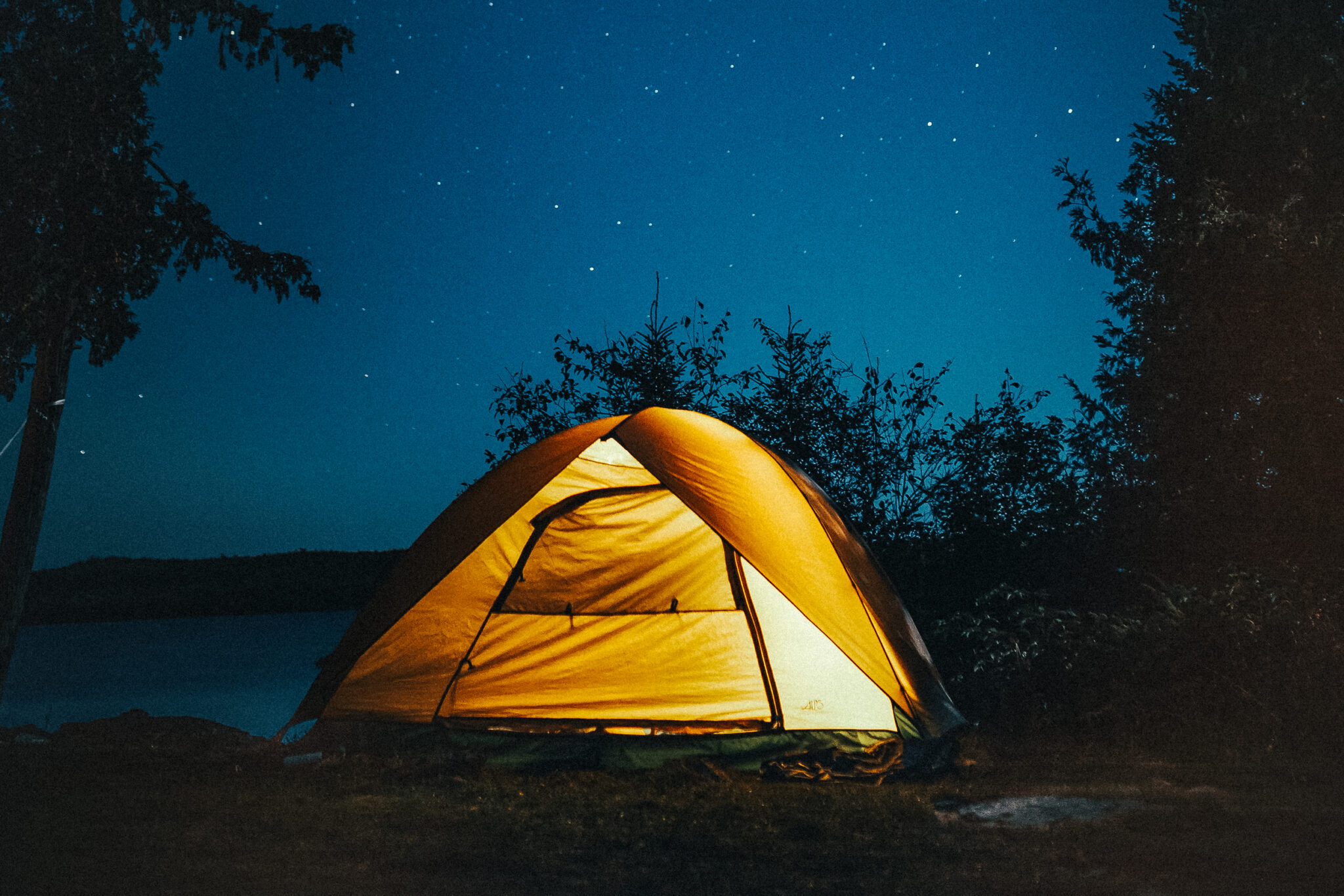
If you’ve been camping the last few years, you’ve probably noticed a big change—campfires, the heart of every campsite, are now banned most (if not all) summers to help prevent wildfires.
And yeah, I miss them too. There’s nothing quite like the glow of a crackling fire, the smell of woodsmoke, or the ritual of roasting marshmallows until they’re perfectly golden (or, let’s be honest, totally charred). But as much as I love campfires, keeping the outdoors safe is more important. So, like it or not, we’ve gotta adapt.
The good news? Camping without a fire a can still be a lot of fun! You just have to get a little creative. You’ll need to know the rules, try out new meals (goodbye, smoky hot dogs—hello, next-level camp cooking), find ways to stay warm, get inventive with lighting, and come up with fun ways to keep the evenings from feeling too quiet.
If you’re feeling a little unsure, don’t stress! I’ve got you covered. This guide is all about how to camp responsibly and still have an awesome time—even without a fire. So let’s dive in and make some epic, flame-free camping memories!

Is It Worth It?
Before you head out camping during wildfire season, take some time to consider the drawbacks beyond not being able to have a campfire.
- Smoke: Will smoke from nearby wildfires be an issue? Smoke can travel far and be very detrimental to your health. Breathing in smoke for hours (or potentially days) is dangerous and not to be taken lightly. Besides health concerns, smoke makes it difficult to enjoy activities such as hiking, paddling, and biking.
- Escape routes: Consider potential escape routes should a fast-moving wildfire start near you. This might sound unnecessary, but I saw first-hand this summer how fast fires can move, quickly cutting off escape routes and forcing people to jump in the lake. They’re not to be underestimated.
- Local travel restrictions. Regions may have travel restrictions in place due to out-of-control wildfires — these can change very quickly and you may be forced to leave. If there’s a travel restriction, don’t travel there. Locals need space for displacement and emergency personnel need to be able to do their job.
Understanding Fire Restrictions
It’s important to understand the fire restrictions you might run into. Each region is a little different and has its own set of rules which can (and will) change based on the current level of fire risk. Things like drought level, nearby wildfires, forest fuel dryness, and weather can all effect fire risk ratings.
Always check your destination before leaving home so you have up-to-date info and can make informed decisions. Some regions might permit gas or propane stoves, whereas others have a complete ban on all types of flames (including candles and portable stoves). It’s important figure out what you can (and can’t) use so you can plan ahead.
Listening to these bans isn’t just about the law; it’s a critical component of camping safety. Wildfire risks can escalate quickly and adhering to fire bans helps prevent the outbreak of potentially devastating fires.
These regulations are in place not only to protect the wilderness but also to ensure the safety of yourself, fellow campers, and communities.
Stay Informed About Fire Restrictions
Staying informed about fire restrictions needs be part of your camping prep.
- Check the local land management, provincial, and state websites or contact ranger stations for up-to-date information on the restrictions at your destination.
- Pay attention to signage at your campsite because it can provide specific guidance regarding your location.
- Educate yourself on basic fire safety. In areas of high fire risk, even seemingly small actions like parking a hot car over dry grass can trigger a blaze.
- Carry extra water, a fire extinguisher, and a shovel in your vehicle. You never know when you’ll need them to suppress an early fire.
By staying aware and abiding by the regulations, you’re contributing to the safety and preservation of the area you’re exploring.
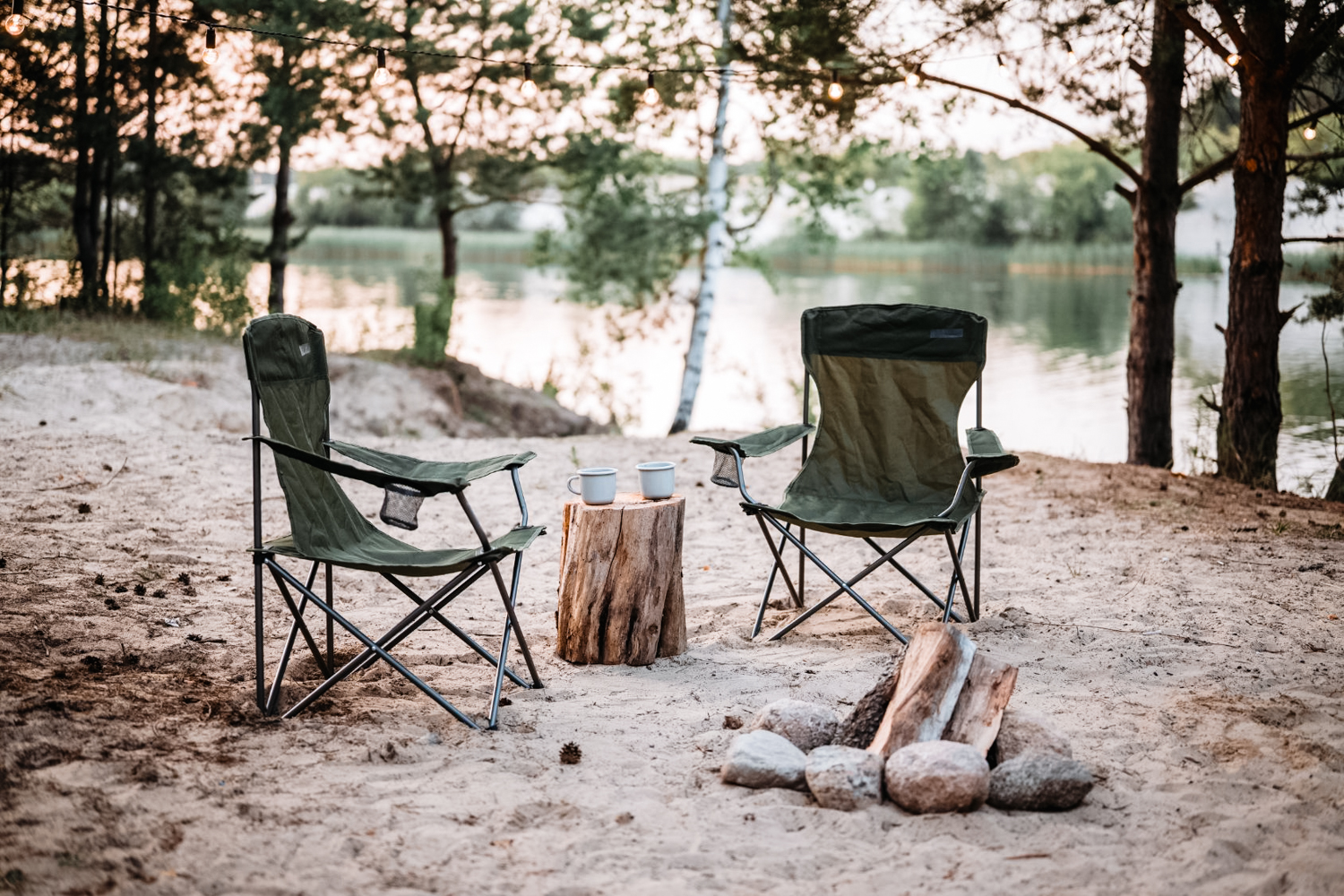
Creative Cooking Solutions
Once you’ve arrived, set up camp, and done a little exploring, it’s time to eat! Wildfire season means there’s no crackling fire to cook over, but don’t let that stop you from enjoying hearty, delicious meals in the great outdoors.
Your menu might look a little different without a campfire, but it can be just as tasty.
You can prepare delicious food using a portable stove. Always check what types of stoves are permitted under your region’s fire bans — some areas allow only gas or propane stoves with a shut-off valve or specific fuel sources. Flame length is often restricted, too.
Camp Stove Recommendations
One-Pot Wonders
With a compact portable stove, one-pot wonders will be your best friend — in fact, one-pot meals are always a great staple of camping food, even when you can use a campfire. The less dishes you dirty while camping, the happier you’ll be (or at least, that’s what I’ve always thought).
The following dishes are easy to whip up with a portable camping stove and cast iron pan.
- Pasta Primavera: With delicious veggies and cheese, this is a quick and easy camping meal to make in a cast iron skillet.
- Bacon Pesto Pasta: If you miss the delicious smokiness that comes from cooking over a campfire, consider adding bacon to your pasta dishes to bring in that special flavour.
- Chocolate Chip Pancakes: Mix up your batter at home and enjoy pancakes in no time! Feel free to switch up your pancakes with chocolate, blueberries, strawberries, and such.
- Caprese Pasta Salad: This is easy to make with minimal ingredients — most of which don’t need to be refrigerated which is a huge bonus when you’re camping.
- Instant Drinks: Bring your favourite instant drinks: mushroom hot chocolate, turmeric or matcha lattes, and more are all easy to make while camping.
Camping Food & Gear Recommendations
No-Cook Camping Recipes
Without a campfire as a cooking option, it’s surprisingly easy to adapt your recipe book to include no-cook recipes. With a little preparation, you’ll find yummy camping meals that don’t require any flames. Heck, these are great options even when you can use a campfire.
- Overnight Oats: Try overnight oats soaked in coconut milk for breakfast — there are so many different flavours you can make!
- Avocado Tuna Salad: Assemble a mayo-free tuna salad for lunch. Quick, easy, and it won’t go bad if the ingredients aren’t kept cold (as opposed to a traditional mayo tuna salad).
- Energy Balls: Energy balls are a quick, super easy snack to whip up at home ahead of time. Most don’t even need to be chilled, so they’re easy to store and enjoy throughout the day. Include things like nuts and dried fruit to add a little extra oomph to your energy balls.
- Wraps, Salads, and Sandwiches: Consider salads mixed with canned beans or meats, hearty sandwiches, and wraps filled with a variety of fresh ingredients.
- Cold Brew: If you love coffee, prep some cold brew ahead of time! Grind up your beans, put them in a large jar in cold water, and leave in the fridge for 24-48 hours. Strain, top with frothed milk, and you’ve got some delicious coffee!
With a bit of creativity, your no-cook menu doesn’t have to be the worst thing about campfire-free camping season.

Staying Warm & Comfortable
Luckily, fire bans are usually only in place during the summer when the temps don’t get too cold — it’s not like you’ll be at risk for frostbite without a campfire. However, the difference between day and night temperatures (especially in the desert) can cause you to get a bit of chill if you don’t plan for it.
Remember, just because it’s hot during the day doesn’t mean it’ll also be hot at night. Make a plan for staying warm at night even in the summer.
Layer Your Clothes
Since you can’t cozy up at a campfire during wildfire season, you’ll have to rely on your clothes to keep you warm. Luckily, layering your clothes is one of the simplest ways to stay warm on a chilly summer’s night.
Start with a moisture-wicking base layer that’ll keep you dry and provide just enough warm. If you’re still chilly, add an insulating middle layer such as a fleece or lightweight down jacket. Top this off with a weather-resistant outer layer to shield against the wind and/or rain (if you’re lucky enough for it to rain in the summer, of course).
Even in the summer, it never hurts to keep your hands and head covered since they’re easy ways for heat to escape. And don’t forget about your feet — wear lightweight wool socks to keep your feet dry and warm.
For an in-depth guide to layering, check out the detailed tips in this camping in the rain guide.
Layering Recommendations
Choose a Suitable Sleeping Bag & Pad
Next up is your sleeping situation. Honestly, this doesn’t change much during campfire season but it never hurts to learn a little more, right? This part is geared a little more towards tenting than other types of camping simply because it’s the most exposed to the elements.
Choose a sleeping bag rated for the lowest temperatures you expect to encounter (which probably won’t be that cold). A three season sleeping bag will probably be all you need for summer camping. You can also use a camping blanket to add a little extra warmth (I love my Rumpl and Putian).
A sleeping pad provides an important barrier against the cold ground. Plus, it makes sleeping on the ground a lot more bearable. Opt for a sleeping pad with a high R-value (this measures insulation efficiency) if you plan on doing multi-season camping. If you’re only camping in the summer, you can probably get away with a lower R-value.
If the temperatures drops unexpectedly, layer your clothing inside your sleeping bag or use a liner for added insulation.
Sleeping Recommendations
Staying Warm as a Group
Gathering with your friends around a campfire at night is magical, but you don’t have to say goodbye to those special moments just because you can’t have a fire.
Gather your group with warm drinks, exchange stories, and enjoy the night skies wrapped up all snugly. You can also place your chairs close together and share large blankets, creating a cozy space that replaces the traditional circle around a campfire.
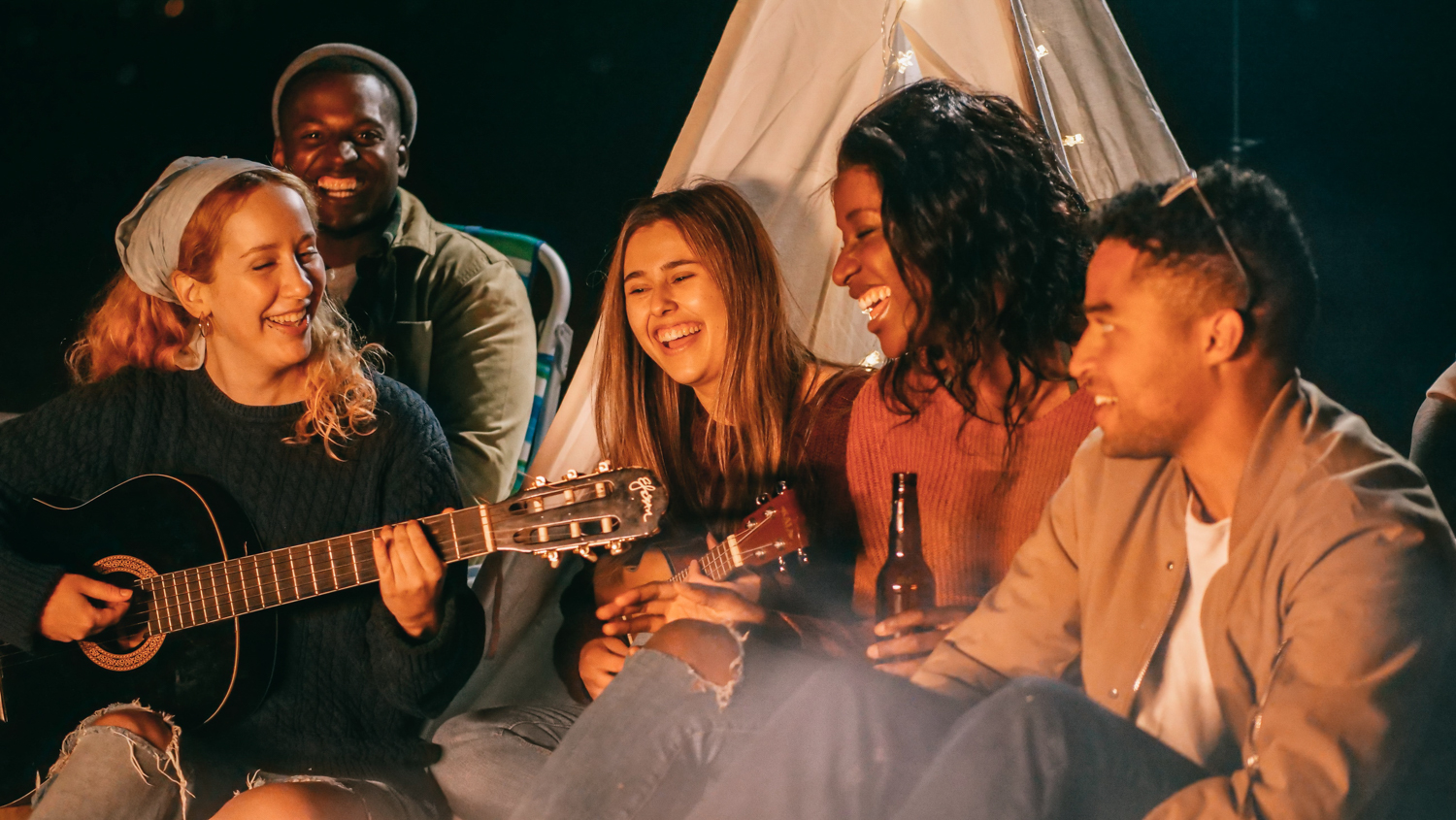
Ambience without a Campfire
If you feel like camping isn’t complete without the soft, warm glow of a campfire, I know how you feel. It takes some getting used to. Luckily for you, I’ve got some ideas that’ll help! With a little preparation you can create that lovely campfire ambience using fire-safe alternatives.
Mix and match these tips to make the perfect set-up for you. With a little creativity, you can transform the fire bans into an opportunity for a unique and memorable night under the stars. Remember that you can still enjoy the cozy experience that a campfire brings even when flames aren’t an option!
Remember to pack extra batteries, a portable charger, or even a power station to ensure your lights keep doing their thing late into the night.
Portable Propane Firepit
Depending on the fire restrictions, you may be able to use a portable propane firepit. If you’re allowed to use them, they’re the GOAT during fire season. Here in BC, we’re usually allowed to use portable propane firepits for camping even when there are very restrictive fire bans on.
Propane firepits are about as close to the real deal as you’ll get during a fire ban. They’re smokeless and woodless, but they still act as a great gathering point. Just make sure you stock up on your propane beforehand.
You can also cook over them, but you’ll need to be very mindful that you don’t drop grease or food into the pit since it won’t burn away like it does in a normal campfire. You’ll just have a huge mess.
Portable Propane Firepit Recommendations
LED Candles & Lanterns
If a propane firepit isn’t in the cards, LED lanterns and candles are a great choice for bright, reliable light. Some even mimic flames! They’re portable and come in various sizes, so you can scatter several smaller lights around your sitting area or hang a more powerful lantern from a tree branch or pole.
If you’re really missing your fire, you could even arrange LED candles in a circle where your campfire used to be. They provide a soft, flickering light that’s similar(ish) to a fire. It might seem a little hokey, but when you’re in a pinch, it works!
LED Light Recommendations
Battery-Powered String Light
For a more whimsical touch, drape battery powered string lights around your sitting area; they offer enough light to brighten the space and create a magical atmosphere. There are also solar-powered fairy lights so you harness the sun during the day to light up your campsite after dark.
For a campfire-like setup, arrange your lights in a circle where everyone can gather, perhaps using a mix of lighting to draw everyone in for storytelling and fun. This not only lights up your space well but helps bring back the community feeling that a campfire usually provides.
String Light Recommendations
Glow Stick
Glow sticks can be a fun touch, especially for kids. You can wear them, lay them out in designs on the ground, or use them to mark pathways at night. You could even make light art!
Glow sticks are a safe and practical camping accessory, especially during wildfire season. Besides being fun, they provide a reliable light source without the fire risk posed by traditional candles or lanterns.
Glow Stick Recommendations
Headlamps
Lastly, encourage everyone to bring their headlamps. Not only are headlamps essential to any camping toolkit because of their hands-free usage, but their LED lights make it easy to get around in the dark.
Plus, they can be pointed towards a central spot to simulate a campfire. Sure, it’s not quite as inviting as the above options, but it works in a pinch.
Headlamp Recommendations
Campfire-Free Evening Entertainment
If you’re wondering what to do when the crackle of a campfire is off-limits, don’t worry, there are plenty of enjoyable ways to spend your evenings. From games and trivia to storytelling and stargazing, you might just find your new favourite night-time activity (and I don’t just mean that — but it is always an option 😂).
Ultimately, camping entertainment is about more than just the games or specific activity—it’s a celebration of connection, laughter, and your shared love of the great outdoors.
Classic Card & Dice Games
Card and dice games are a classic choice for camping game nights. The options are unless, plus their compact size makes them easy to pack.
Whether it’s a competitive round of poker under the stars or a lighthearted game of Uno by lantern light, the simplicity and portability of card games make them the perfect entertainment for any camping trip.
Classic Card & Dice Games
Funny Card Games
Card games like Cards Against Humanity and other outrageous options bring much-needed laughter to campfire-free nights. Just like their classic counterparts, these cards games are easy to bring on any camping trip.
From clever wordplay to unexpected twists, these games will have you filling the night with unrestrained laughter — you’ll completely forget that you don’t have a campfire. If you’ve already tried Cards Against Humanity and loved it, you’ll love these ones too:
Funny Card Games
Board Games
Board games also have a place on camping trips! Thanks to travel-sized editions, it’s super easy to enjoy strategic gameplay in the great outdoors. Even without travel editions, most board games don’t take up a ton of room and are easy to pack.
Settlers of Catan, Carcassonne, the Heist, or even classics like Scrabble can become the focal point of friendly competition as you strategize and plot your moves under the glow of string lights. If you’re up for a game night that lasts into the wee hours, you could even bring games like Monopoly, Through the Ages, or Risk.
No matter which board game you go with, you’re bound to have a great time without a campfire.
Board Games for Camping
Trivia Games
Don’t forget about trivia games! Gather your friends for a round of wilderness-themed trivia. Test your knowledge, share interesting facts, and enjoy the friendly competition beneath a star-studded sky.
Prepare a list of questions before you leave home, make up questions based on the day’s adventures, or bring prompt cards. Questions about local flora and fauna, celestial bodies, or even the history of the area adds an educational twist to the evening. You’ll come away with curiosity and a deeper connection to your surroundings.
Trivia Games for Camping
Reading
Reading and camping go hand-in-hand. Kindles and other eReaders are great during fire bans since you can easily read late into the night without extra light that a campfire would usually provide. Plus, you can load up your Kindle with a stack of books without taking up a ton of space.
You don’t need a fancy eReader to take advantage of ebooks. There are lots of app options, but a few of my favourites are Amazon Kindle, Google Play Books, Apple Books, and Kobo.
Stargazing
Camping is the perfect time to turn your eyes to the skies. Stargazing is a beautiful, serene way to end the day and is even better when you don’t have a campfire since there’s no light to drown out the stars. Download a star chart app before your trip and you’ll have a map to the constellations at your fingertips.
Stargazing transforms the night sky into a breathtaking display, offering a front-row seat to the wonders of the universe. The crisp night air carries whispers of distant constellations and each star tells a story. Just try not to get too freaked out if you spot Starlink (because it sure looks like aliens)…
To add a little fun, you could even have a stargazing contest to identify constellations, count shooting stars, or identify satellites.
Storytelling
The campfire has traditionally been a place to talk and share stories — but you don’t have to give that up just because the fire is missing. After all, the simple joy of conversation and connection is one of the best parts about camping.
Whether sharing personal adventures or crafting fictional stories, storytelling brings campers together like nothing else. Who doesn’t want to be transported to other worlds or uncover hilarious truths about their fellow campers?
You can even play a storytelling game — each person contributes a sentence to create a larger story, bringing your characters on unexpected (and often ridiculous) adventures.
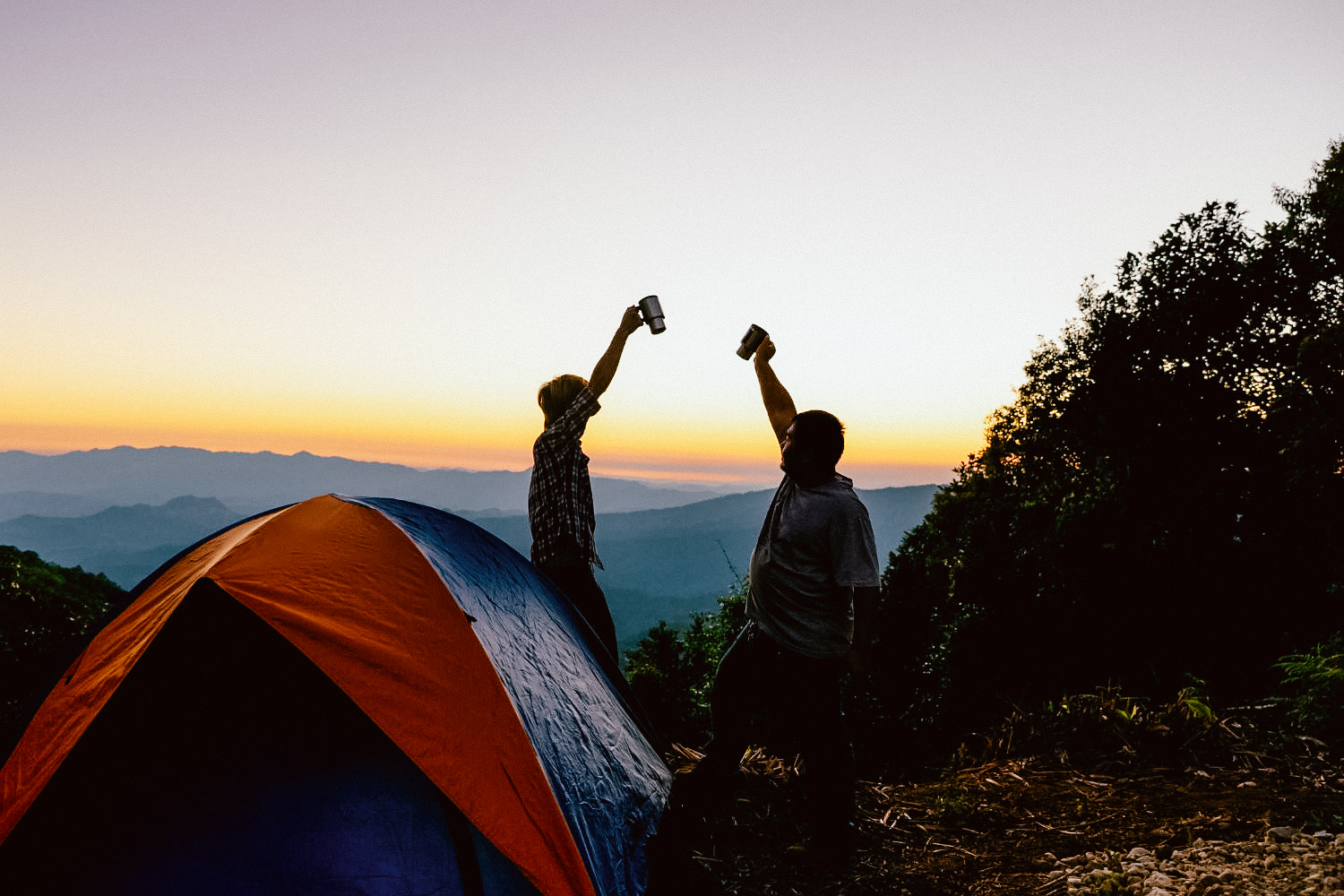
Packing Essentials during Wildfire Season
Packing for a campfire-free camping adventure will probably take a little extra time until you’re used to it. Here’s some gear ideas to get you started:
- Portable Stove: Choose a lightweight, efficient stove that complies with fire ban regulations. Check local guidelines to determine if gas or propane stoves are permitted.
- Portable Propane Firepit: If local regulations permit it, a portable propane firepit is absolutely amazing during wildfire season.
- Insulated Clothing: Warm layers are handy when you can’t rely on a fire to warm up. Pack insulated jackets, quality base layers, and hats/toques for cold nights.
- LED Lanterns & String Lights: Bright, durable LED lanterns or string lights will easily light up your site. Opt for rechargeable or solar models to minimize waste.
- Fire-Free Entertainment: Bring along cards, board games, or a book for fun that doesn’t involve a campfire.
- Extra Blankets: For additional warmth, pack compact, insulated blankets that can double as picnic or seating surfaces. My favourites are Rumpl and Putian.
- No-Cook Utensils: Ensure you have the necessary tools for your no-cook meals, such as can openers, cutting boards, and sealable food containers.
- Insect Repellent: Without smoke to deter insects, a good repellent will be your best friend. Select eco-friendly varieties that are less harmful to the environment.
- Map, Compass & SOS Communicator: If you’re wilderness camping, navigation tools are essential. Bring an SOS device so that you can easily communicate with friends back home or call for help if you find yourself near a wildfire.
- Carry extra water, a fire extinguisher, and a shovel in your vehicle
By considering the environmental impact and the practicality of each item, you can pack for a comfortable, responsible, and enjoyable camping experience during wildfire season.
And always remember — there’s way more to camping than a campfire.

FAQs
Depending on your local fire regulations, you may be able to use a portable propane firepit during a fire ban. Always double-check with your local authorities to confirm if they’re allowed. If they are, portable propane firepits are the closest you’ll get to a traditional campfire and are a nice place to gather around.
There’s lots you can do without a fire! Enjoy card, dice, and board games, go for a hike or swim, stargaze, read a book, or chat with friends.
Always double check with the BC government’s website for official notices. However, campfire bans in BC often still allow CSA- or ULC-rated portable campfires that use gas, propane or briquettes with a flame less than 15 cm tall.
